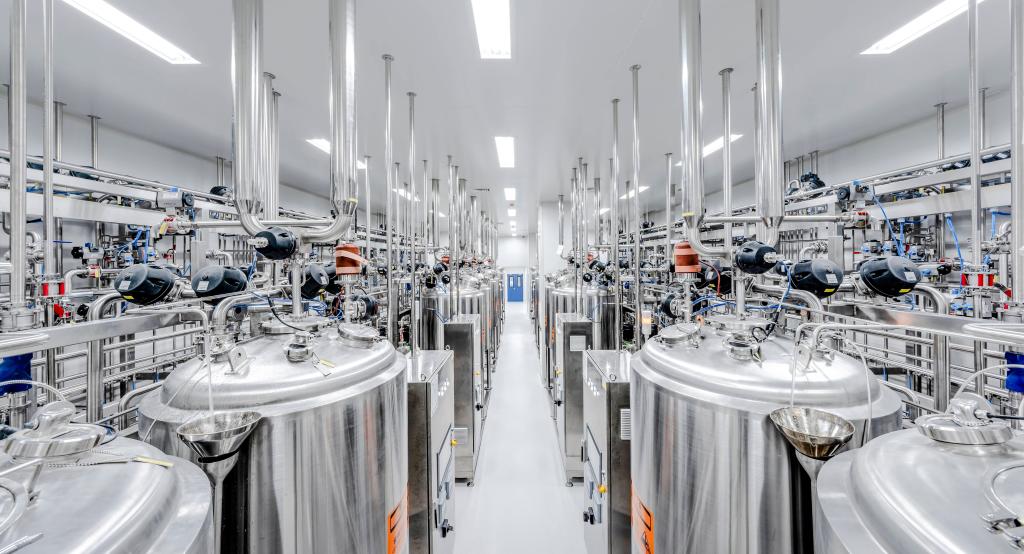High Purity Phospholipid Price,Stable Quality
Time:2024-10-11
In the production of phospholipids, temperature is a crucial factor that significantly affects their properties. Below are several key aspects where controlling temperature influences the characteristics of phospholipids:
1. Stability of Phospholipids
·Avoiding High-Temperature Heating: Phospholipids are prone to decomposition and oxidation at high temperatures, leading to increased acid value, darkening in color, changes in odor, and the development of off-flavors. Therefore, prolonged high-temperature heating should be avoided during production. For example, when the temperature reaches 70°C, the acid value of phospholipids increases sharply, and carbonization occurs, negatively impacting their quality and stability.
·Setting an Appropriate Temperature Range: An appropriate temperature range should be set based on the characteristics of phospholipids and production needs. For instance, between 55°C and 65°C, phospholipids exhibit good flowability with minimal changes in acid value and color, making this an ideal temperature range for production.
2. Flowability of Phospholipids
As the temperature rises, the flowability of phospholipids increases. In the production process, temperature can be adjusted to regulate phospholipid flowability to meet different production needs. For example, when preparing new drug formulations such as liposomes and nanolipid carriers, it is necessary to ensure that phospholipid molecules can form stable membrane structures. In this case, the membrane formation temperature should be higher than the phospholipid phase transition temperature to maintain adequate flowability.
3. Oxidative Degradation of Phospholipids
Phospholipids degrade during oxidation, resulting in reduced quality. During production, exposure to air should be minimized to prevent oxidation and degradation. This can be achieved by improving the production process and using sealed equipment. Additionally, adding antioxidants or stabilizers can enhance the stability of phospholipids and extend their shelf life.
4. Solubility and Filtration Efficiency of Phospholipids
Higher temperatures increase the solubility of phospholipids in solvents, facilitating filtration. However, excessively high temperatures can also accelerate solvent evaporation, which is unfavorable for safe production. Therefore, during extraction and purification, an optimal temperature range should be determined to balance solubility and filtration efficiency. For example, in the study of high-quality phospholipid preparation using inorganic membranes, the optimal mixture temperature is between 40°C and 50°C, where solubility is moderate and filtration is effective.
5. Storage Conditions for Phospholipids
Temperature control is also essential during phospholipid storage. High temperatures and excessive humidity can cause moisture absorption, spoilage, and degradation. Therefore, phospholipids should be stored in a cool, dry, and well-ventilated place, and quality indicators such as acid value, peroxide value, color, and odor should be regularly monitored to ensure the quality meets production requirements.
By controlling temperature, multiple aspects of phospholipid production can be significantly influenced, including stability, flowability, oxidative degradation, solubility and filtration efficiency, as well as storage conditions. During production, temperature ranges should be reasonably set and controlled according to the characteristics of phospholipids and production needs to ensure their quality and stability.


 CN
CN





